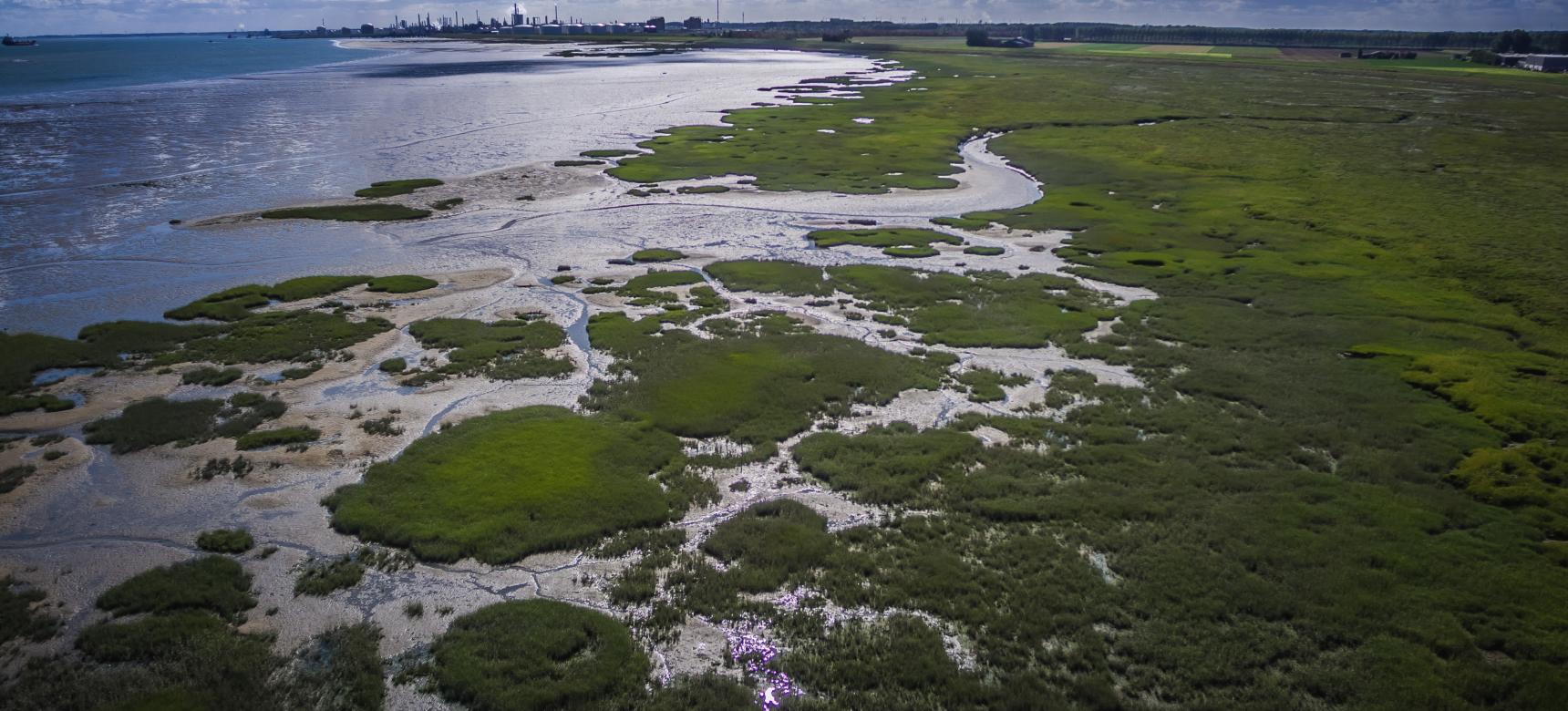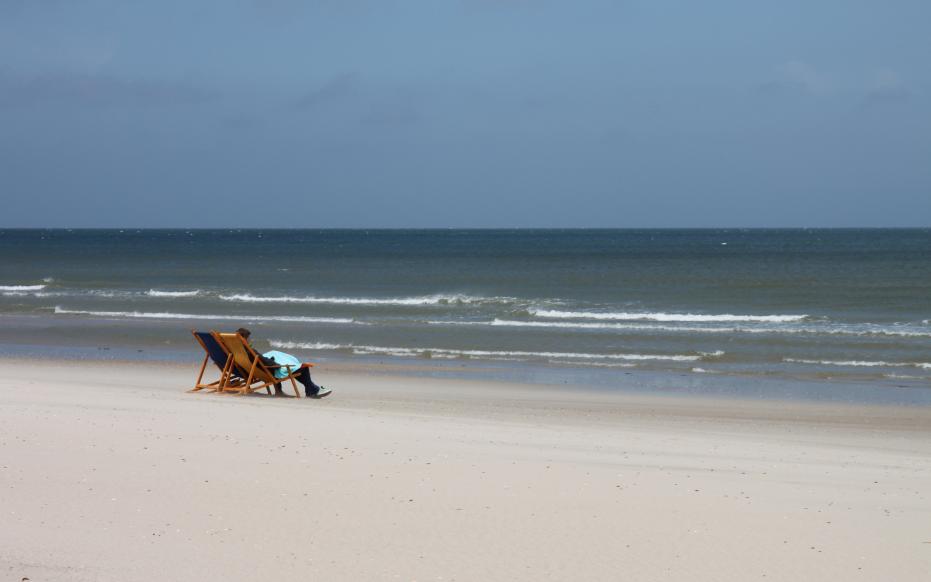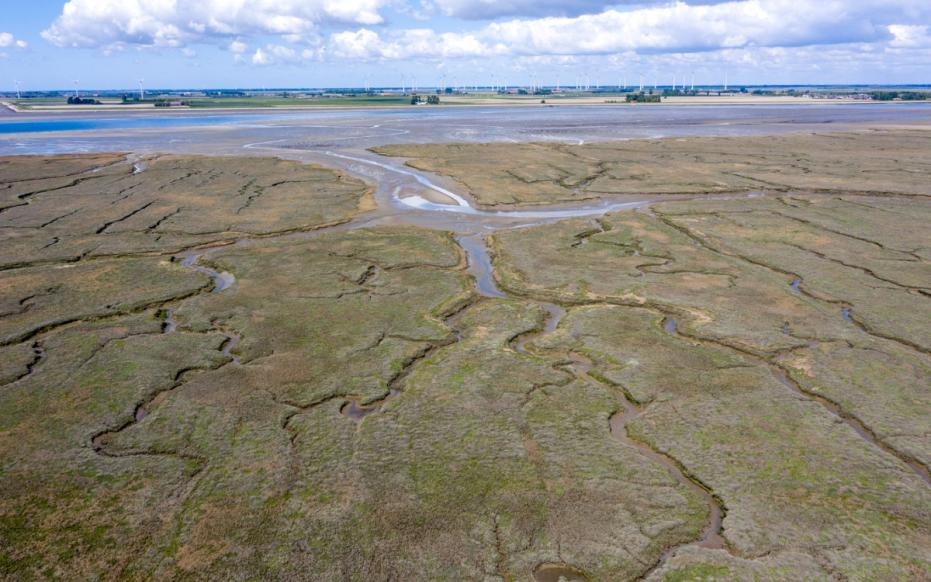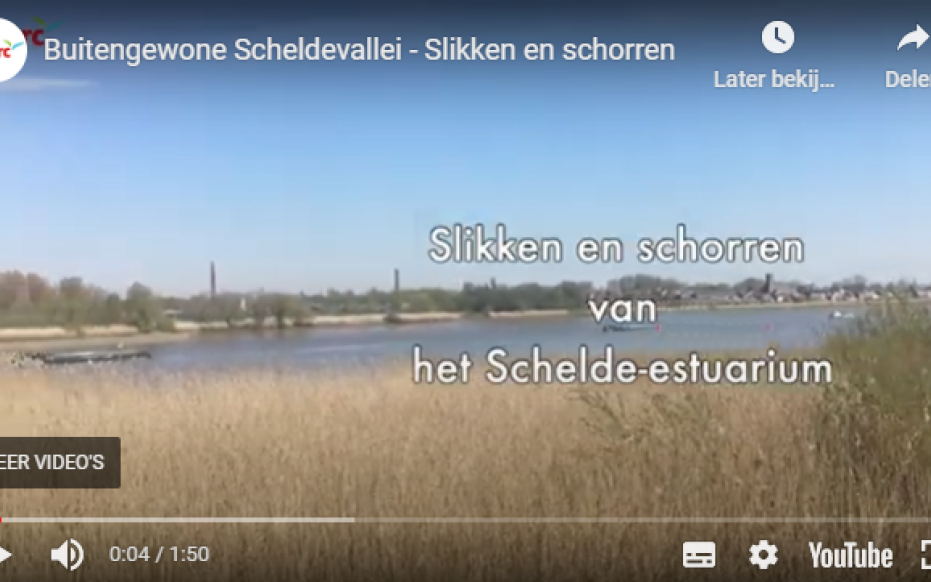What is the tide?
On a warm day at the beach, you might head to the sea for a refreshing swim. But sometimes, you’ll notice you have to walk a long way to reach the water, while other times, it’s much closer, even if your towel is in the same spot. It might seem like the sea is moving... and that’s because it is!
This "movement" of the sea is called the tide: the regular rise and fall of sea levels. When the water is far away, we call it low tide. Afterwards, the sea gradually comes closer again; this is known as high tide. So next time, you might not have to walk as far for a swim



